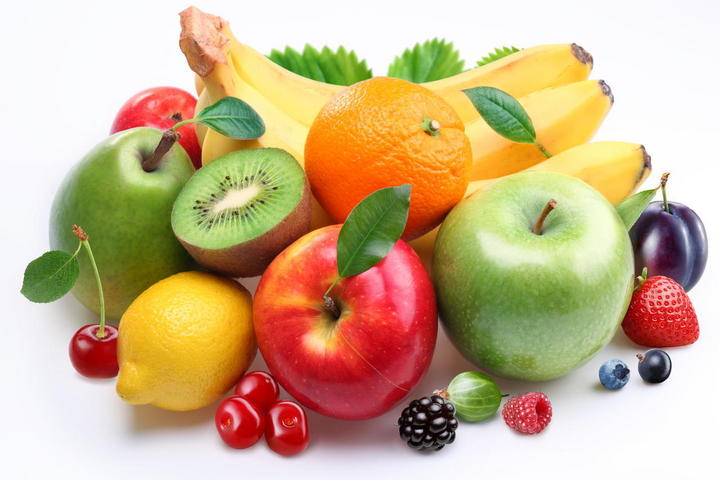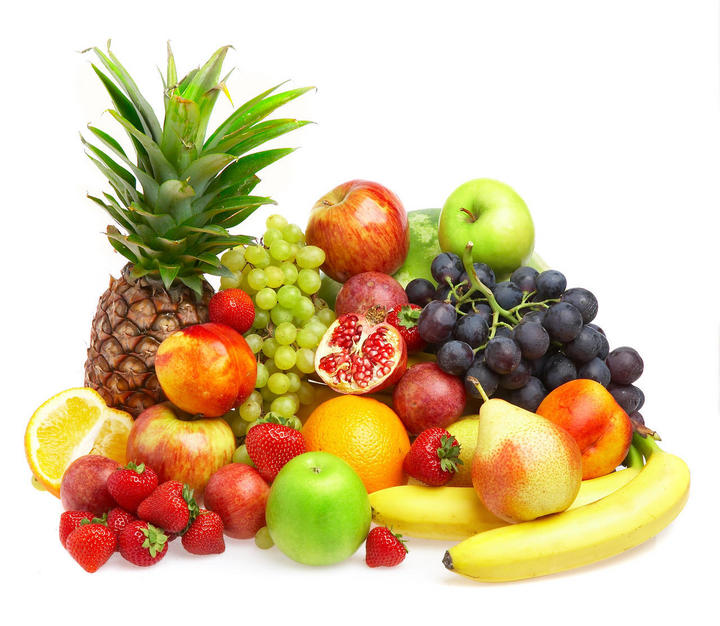


1、 Technical OverviewThe high-quality specialized wheat in China is mainly distributed in the northern winter wheat region, the northern Huanghuai winter wheat region, and the northeastern spring wheat region. The water-saving and optimization technology for high-quality specialized wheat is based on the selection of high-quality varieties, supported by 4 sowing and key management technologies, 5 high-quality and high-yield technology models, to achieve green, high-quality, and efficient development. It plays an important role in promoting the adjustment of the wheat industry structure and accelerating the development of high-quality specialized wheat.2、 Technical points1. Select superior varietiesSelect stable and strong gluten wheat varieties that have been approved by the state or provincial level and are suitable for local growth, with seed purity, purity, germination rate, and other requirements meeting national standards.2. Pre broadcast preparation(1) Fine ground preparation.Returning straw to the field: Crush the previous crop straw and return it to the field. The length of the crushed straw should be less than 8cm and evenly spread.Deep plowing and deep loosening, once every 3 years, with a depth of 25cm or more and a depth of 30cm or more, and timely mechanical leveling.Apply base fertilizer, according to the soil fertility foundation, measure soil and formulate scientific application of base fertilizer.Rotary tillage, rotary tillage 13cm-15cm, raking and leveling, mechanical compaction, and soil compaction.Soil treatment: For plots where underground pests meet the control indicators, efficient and low toxicity insecticides are used to make toxic soil before land preparation. The soil is evenly spread on the surface and turned into the soil as the land is prepared.(2) Seed processing.Before sowing, mix the seeds with high-efficiency and low toxicity pesticides or coat them with specialized seed coating agents.3. Scientific seeding.According to the actual situation of each wheat area, adjust measures to local conditions, suitable time, moisture content, and amount, and mechanically drill or evenly sow. Mechanically suppress as appropriate and stabilize the soil.4. Accurate management(1) Weeding before winterIn the northern winter wheat area and the Huanghuai winter wheat area, from early to late November, suitable chemical herbicides are selected and evenly sprayed based on the type and quantity of weeds in the wheat field for control. Weeds in the gramineae family should be selected with fenpropafenuron or methyldisulfuron; For broad-leaved weeds, use bensulfuron or azosulfuron; Mixed weeds of the Gramineae family and broad-leaved plants should use methyl iodosulfuron or fluazuron, and be applied according to the user manual.(2) Overwintering water irrigationIn the northern winter wheat area and the Huanghuai winter wheat area, wheat fields with a relative soil moisture content of less than 65% in the 0cm-20cm range are irrigated with overwintering water when the daily average temperature drops to 0 ℃ -3 ℃ and the night freezes and the day dissipates. The irrigation amount is controlled at 40m3 per acre.(3) Wheat field suppressionIn the northern winter wheat area and the Huanghuai winter wheat area, when the relative soil moisture content of the surface 0cm-5cm of the wheat field is less than 60% before winter or early spring, mechanical compaction is carried out on a sunny afternoon. In the spring wheat area of Northeast China, during the 3-leaf stage of wheat seedlings, press 1-2 times according to soil moisture and seedling conditions, and pay attention to the uniform speed operation of the compaction machinery.(4) Fertility and water managementIn the northern winter wheat region and the Huanghuai winter wheat region, wheat fields with a relative moisture content of less than 60% in the early spring 0cm-20cm soil layer are irrigated and replenished with water when the daily average temperature stabilizes by 3 ℃; For wheat fields with a total stem count of less than 700000/mu, it is recommended to apply 3-4 kg/mu of nitrogen in combination with irrigation. All types of wheat fields are treated with nitrogen fertilizer during the jointing stage, combined with irrigation. For wheat fields that have already been treated with nitrogen fertilizer before jointing, it is recommended to apply 3-4 kg/mu of nitrogen fertilizer; For wheat fields that have not been fertilized before jointing, it is recommended to apply 6-8kg/mu of nitrogen. The amount of water to be irrigated each time should be controlled at 40 m3 per acre.Northeast Spring Wheat District, a wheat area without irrigation conditions, can be combined with chemical weed control by spraying 0.5-1kg of urea and 0.2kg of potassium dihydrogen phosphate per mu of leaf surface; In wheat areas with irrigation conditions, urea application of 5-6kg per acre should be combined with irrigation during the jointing stage. In wheat areas with irrigation conditions, wheat fields with a relative soil moisture content of less than 65% between 0-20cm from heading to early grouting need to be irrigated, with an irrigation volume controlled at 40 m3 per acre.(5) Spring chemical weedingAccording to the types and growth conditions of weeds in the field, timely chemical weeding should be carried out during the period of winter wheat turning green and rising. Before the fourth leaf of spring wheat seedlings, appropriate chemical herbicides should be evenly sprayed based on the type and quantity of weeds occurring in the wheat field for control.(6) Prevention and control of diseases and pestsPhysical and chemical control measures will be taken to address the occurrence of major diseases and pests in each wheat area. In the later stage of wheat growth, suitable fungicides and insecticides are selected according to the key control targets of local diseases and pests, and used in combination with potassium dihydrogen phosphate, and evenly sprayed mechanically.5. Main high-quality and high-yield cultivation technology models(1) Standardized sowing technology for wheat. Including tillage and land preparation, deep loosening and plowing, deep loosening or deep plowing followed by rotary tillage, raking and pressing after plowing, requiring the soil to be loose and compacted above and below, and the plow layer and surface to be free of debris; The previous straw should be returned to the field and crushed twice. After being evenly spread, it should be plowed into the soil or rotated 1-2 times, and coated with seed coating or mixed with chemicals; Achieve appropriate sowing time, moisture content, and amount, with accurate sowing quantity and consistent depth to ensure sowing quality and strengthen post sowing suppression. Suitable for the northern winter wheat area and the Huanghuaihai strong gluten wheat area.(2) Wheat three-dimensional uniform sowing technology. Adopting a wheat three-dimensional uniform sowing machine, fertilization, rotary tillage, sowing, primary compaction, soil covering, and secondary compaction are integrated in one operation. Six processes are completed in one operation, ensuring that wheat seeds are evenly and reasonably distributed in the three-dimensional space of the soil, fully utilizing the coordination mechanism of uniform and robust wheat individuals and sufficient population, promoting balanced nutrition of individual plants, developed root systems, and establishing a dominant tiller population with more robust seedlings; Joint operation, saving labor and cost, achieving high-quality, high yield and efficiency. Apply various types of strong gluten wheat areas.(3) Soil testing formula fertilization and nitrogen fertilizer transfer to ensure high-quality and high-yield cultivation techniques. According to different soil fertility levels, the appropriate reference values for fertilizer application are as follows: in a high-yielding field with a yield level of 400-500 kilograms per mu, pure nitrogen (N) 12-14 kilograms per mu, phosphorus (P2O5) 6-7 kilograms, and potassium (K2O) 5-6 kilograms per mu; A strong gluten super high yield field with a yield level of 500-600 kilograms per acre is applied with pure nitrogen (N) of 14-16 kilograms, phosphorus (P2O5) of 7-8 kilograms, and potassium (K2O) of 6-8 kilograms per acre. The ratio of bottom and top application of nitrogen fertilizer is 5:5 or 4:6. All phosphorus and potassium fertilizers are applied at the bottom. Suitable for the northern winter wheat area and the Huanghuaihai strong gluten wheat area.(4) Water-saving, high-quality, and high-yield cultivation techniques. The water-saving, high-quality, and high-yield cultivation techniques for strong gluten wheat in the northern winter wheat region and the Huanghuai winter wheat region mainly include techniques such as soil moisture measurement and supplementary irrigation, micro sprinkler irrigation, deep loosening, less tillage, and compaction, achieving reduced irrigation frequency, improved quality, yield, and water utilization efficiency, suitable for wheat fields with relatively scarce water resources.(5) Wheat “one spray and three prevention” technology. After wheat heading and until the grain filling stage, a mixture of fungicides, insecticides, plant growth regulators, or foliar fertilizers is sprayed on the leaf surface to achieve the goal of disease prevention, pest control, and premature aging prevention through a single application, achieving the effect of increasing grain weight. Applied to various wheat areas.3、 Progressiveness and Application Value of TechnologyCompared with similar technologies at home and abroad, the high-quality and strong gluten wheat quality assurance technology is highly targeted. Based on the specific situation of China’s high-quality and strong gluten wheat production areas, suitable quality assurance technologies have been developed, reaching an advanced level. The application value of this technology lies in strengthening field management, consolidating the foundation of maintaining the quality of strong gluten wheat, involving four sowing and key management technologies, five high-quality and high-yield technology models, promoting the goal of green yield increase, cost reduction, consumption reduction, quality and efficiency improvement, and disaster prevention and reduction in the production of high-quality strong gluten wheat.

No reply content